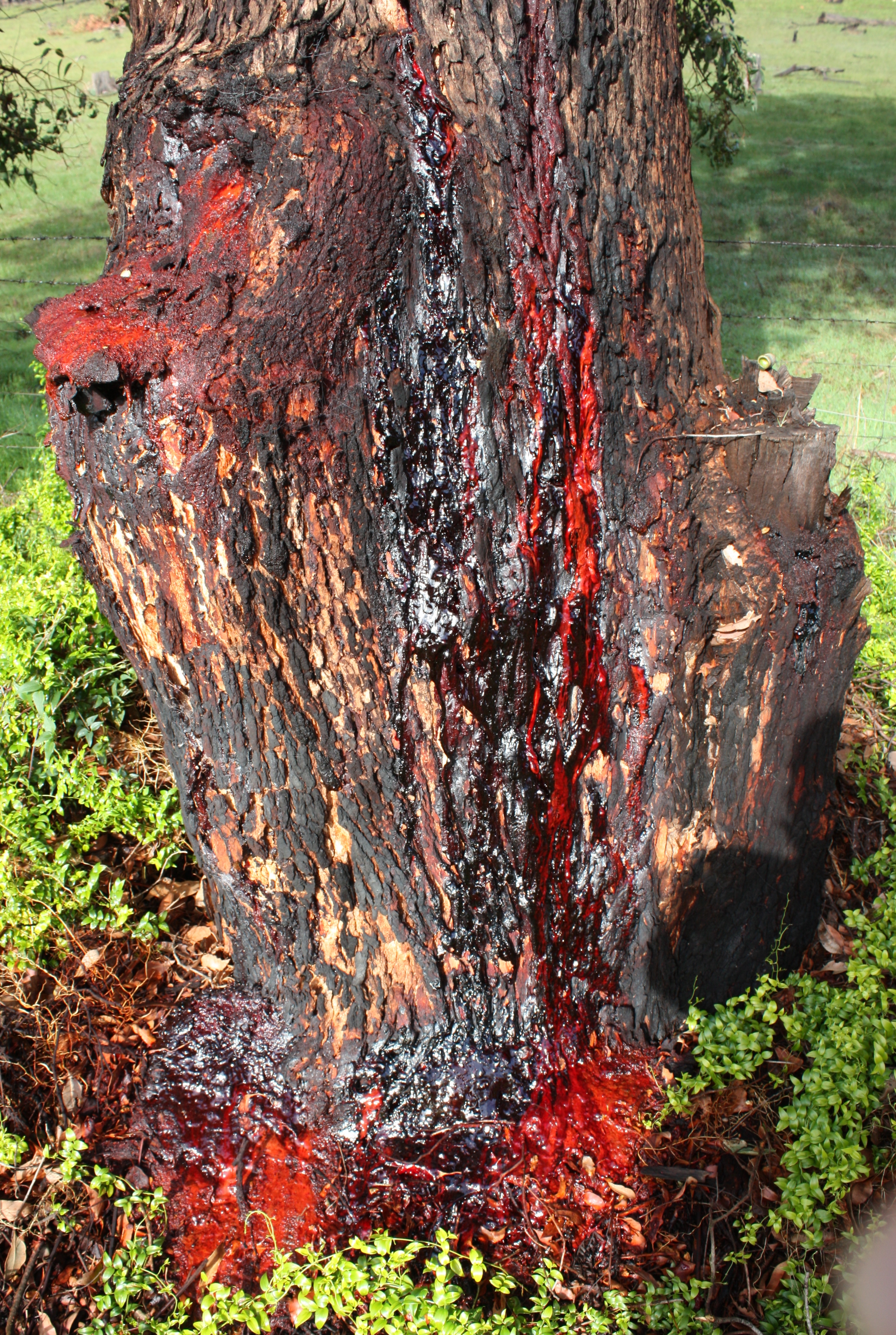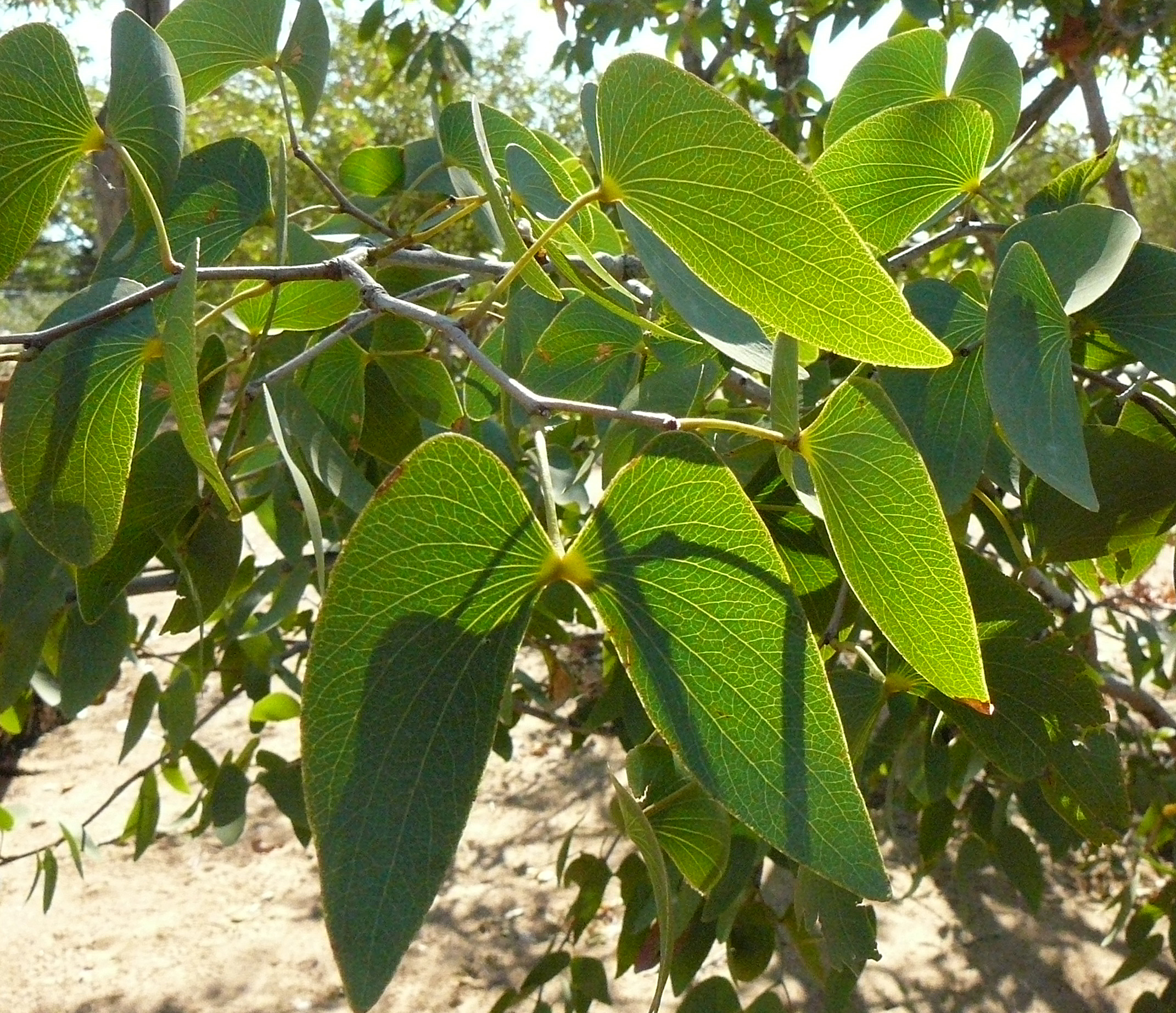|
Thallomys Nigricauda
The black-tailed tree rat, also called black-tailed acacia rat or black-tailed thallomys, (''Thallomys nigricauda''), is a species of rodent in the family Muridae. It is found in Angola, Botswana, Namibia and South Africa, where its natural habitat is subtropical or tropical dry shrubland. It is both nocturnal and arboreal and makes bulky nests in the trees, often acacias, where it feeds on leaves and buds. Description The black-tailed tree rat is a medium-sized rodent with a head-and body length of about and a tail of about . The sides of the face are grey, and a dark band extends from the muzzle to around the eyes and below the ears. The eyes are large and the whiskers are long. The ears are large, oval, and set at an oblique angle. The dorsal fur is long and woolly, slate grey tinged with yellow. The underparts are white, the limbs are grey and the upper sides of the broad feet are white. The long tail is clad in black scales and black bristles, and tipped with black hairs. ... [...More Info...] [...Related Items...] OR: [Wikipedia] [Google] [Baidu] |
Oldfield Thomas
Michael Rogers Oldfield Thomas (21 February 1858 – 16 June 1929) was a British zoologist. Career Thomas worked at the Natural History Museum, London, Natural History Museum on mammals, describing about 2,000 new species and subspecies for the first time. He was appointed to the museum secretary's office in 1876, transferring to the zoological department in 1878. In 1891, Thomas married Mary Kane, daughter of Sir Andrew Clark, 1st Baronet, Sir Andrew Clark, heiress to a small fortune, which gave him the finances to hire mammal collectors and present their specimens to the museum. He also did field work himself in Western Europe and South America. His wife shared his interest in natural history, and accompanied him on collecting trips. In 1896, when William Henry Flower took control of the department, he hired Richard Lydekker to rearrange the exhibitions, allowing Thomas to concentrate on these new specimens. Thomas viewed his taxonomy efforts from the scope of British impe ... [...More Info...] [...Related Items...] OR: [Wikipedia] [Google] [Baidu] |
Prehensile
Prehensility is the quality of an appendage or organ that has adapted for grasping or holding. The word is derived from the Latin term ''prehendere'', meaning "to grasp". The ability to grasp is likely derived from a number of different origins. The most common are tree-climbing and the need to manipulate food. Examples Appendages that can become prehensile include: Uses Prehensility affords animals a great natural advantage in manipulating their environment for feeding, climbing, digging, and defense. It enables many animals, such as primates, to use tools to complete tasks that would otherwise be impossible without highly specialized anatomy. For example, chimpanzees have the ability to use sticks to obtain termites and grubs in a manner similar to human fishing. However, not all prehensile organs are applied to tool use; the giraffe tongue, for instance, is instead used in feeding Eating (also known as consuming) is the ingestion of food. In biology, this is typ ... [...More Info...] [...Related Items...] OR: [Wikipedia] [Google] [Baidu] |
Taxa Named By Oldfield Thomas
In biology, a taxon (back-formation from ''taxonomy''; : taxa) is a group of one or more populations of an organism or organisms seen by taxonomists to form a unit. Although neither is required, a taxon is usually known by a particular name and given a particular ranking, especially if and when it is accepted or becomes established. It is very common, however, for taxonomists to remain at odds over what belongs to a taxon and the criteria used for inclusion, especially in the context of rank-based (" Linnaean") nomenclature (much less so under phylogenetic nomenclature). If a taxon is given a formal scientific name, its use is then governed by one of the nomenclature codes specifying which scientific name is correct for a particular grouping. Initial attempts at classifying and ordering organisms (plants and animals) were presumably set forth in prehistoric times by hunter-gatherers, as suggested by the fairly sophisticated folk taxonomies. Much later, Aristotle, and later still ... [...More Info...] [...Related Items...] OR: [Wikipedia] [Google] [Baidu] |
Mammals Of South Africa
The wildlife of South Africa consists of the flora and fauna of this country in Southern Africa. The country has a range of different habitat types and an ecologically rich and diverse wildlife, vascular plants being particularly abundant, many of them endemic to the country. There are few forested areas, much savanna grassland, semi-arid Karoo vegetation and the fynbos of the Cape Floristic Region. Famed for its national parks and big game, 297 species of mammal have been recorded in South Africa, as well as 849 species of bird and over 20,000 species of vascular plants. Geography South Africa is located in subtropical southern Africa, lying between 22°S and 35°S. It is bordered by Namibia, Botswana and Zimbabwe to the north, by Mozambique and Eswatini (Swaziland) to the northeast, by the Indian Ocean to the east and south, and the Atlantic Ocean to the west, the coastline extending for more than . The interior of the country consists of a large, nearly flat, plateau with a ... [...More Info...] [...Related Items...] OR: [Wikipedia] [Google] [Baidu] |
Mammals Of Namibia
A mammal () is a vertebrate animal of the class Mammalia (). Mammals are characterised by the presence of milk-producing mammary glands for feeding their young, a broad neocortex region of the brain, fur or hair, and three middle ear bones. These characteristics distinguish them from reptiles and birds, from which their ancestors diverged in the Carboniferous Period over 300 million years ago. Around 6,640 extant species of mammals have been described and divided into 27 orders. The study of mammals is called mammalogy. The largest orders of mammals, by number of species, are the rodents, bats, and eulipotyphlans (including hedgehogs, moles and shrews). The next three are the primates (including humans, monkeys and lemurs), the even-toed ungulates (including pigs, camels, and whales), and the Carnivora (including cats, dogs, and seals). Mammals are the only living members of Synapsida; this clade, together with Sauropsida (reptiles and birds), constitutes the large ... [...More Info...] [...Related Items...] OR: [Wikipedia] [Google] [Baidu] |
Mammals Of Angola
This is a list of the mammal species recorded in Angola. Of the mammal species in Angola, one is critically endangered, five are endangered, eight are vulnerable, and ten are near threatened. There are 291 extant species of mammals in Angola and 67 fossil species. The following tags are used to highlight each species' conservation status as assessed by the International Union for Conservation of Nature: Some species were assessed using an earlier set of criteria. Species assessed using this system have the following instead of near threatened and least concern categories: Order: Afrosoricida (tenrecs and golden moles) The order Afrosoricida contains the golden moles of southern Africa and the tenrecs of Madagascar and Africa, two families of small mammals that were traditionally part of the order Insectivora. *Family: Tenrecidae (tenrecs) **Subfamily: Potamogalinae ***Genus: ''Potamogale'' **** Giant otter shrew, ''Potamogale velox'' LC *Family: Chrysochloridae **Subfamily: ... [...More Info...] [...Related Items...] OR: [Wikipedia] [Google] [Baidu] |
Thallomys
''Thallomys'' is a genus of rodent in the family Muridae endemic to Africa. It contains four species: * Loring's rat (''Thallomys loringi'') * Black-tailed tree rat (''Thallomys nigricauda'') *Acacia rat The acacia rat (''Thallomys paedulcus''), or black-tailed tree rat, is a species of rodent in the family Muridae. It is a small arboreal rodent that is extensively dependent on Acacia trees. It is found in Botswana, Democratic Republic of the Con ... (''Thallomys paedulcus'') * Shortridge's rat (''Thallomys shortridgei'') References {{Taxonbar, from=Q246927 Rodent genera Taxa named by Oldfield Thomas ... [...More Info...] [...Related Items...] OR: [Wikipedia] [Google] [Baidu] |
Least-concern Species
A least-concern species is a species that has been evaluated and categorized by the International Union for Conservation of Nature (IUCN) as not being a focus of wildlife conservation because the specific species is still plentiful in the wild. They do not qualify as threatened, near threatened, or (before 2001) conservation dependent. Species cannot be assigned the "Least Concern" category unless they have had their population status evaluated. That is, adequate information is needed to make a direct, or indirect, assessment of its risk of extinction based on its distribution or population status. Evaluation Since 2001 the category has had the abbreviation "LC", following the IUCN 2001 Categories & Criteria (version 3.1). Before 2001 "least concern" was a subcategory of the " Lower Risk" category and assigned the code "LR/lc" or lc. Around 20% of least concern taxa (3261 of 15,636) in the IUCN database still use the code "LR/lc", which indicates they have not been re- ... [...More Info...] [...Related Items...] OR: [Wikipedia] [Google] [Baidu] |
International Union For Conservation Of Nature
The International Union for Conservation of Nature (IUCN) is an international organization working in the field of nature conservation and sustainable use of natural resources. Founded in 1948, IUCN has become the global authority on the status of the natural world and the measures needed to safeguard it. It is involved in data gathering and analysis, research, field projects, advocacy, and education. IUCN's mission is to "influence, encourage and assist societies throughout the world to conserve nature and to ensure that any use of natural resources is equitable and ecologically sustainable". Over the past decades, IUCN has widened its focus beyond conservation ecology and now incorporates issues related to sustainable development in its projects. IUCN does not itself aim to mobilize the public in support of nature conservation. It tries to influence the actions of governments, business and other stakeholders by providing information and advice and through building partners ... [...More Info...] [...Related Items...] OR: [Wikipedia] [Google] [Baidu] |
Gum (botany)
Gum is a sap or other resinous material associated with certain species of the plant kingdom. This material is often polysaccharide-based and is most frequently associated with woody plants, particularly under the bark or as a seed coating. The polysaccharide material is typically of high molecular weight and most often highly hydrophilic or hydrocolloidal. As seed coating Many gums occur as seed coatings for plant species; the adaptive purpose of some of these gummy coatings is to delay germination of certain flora seeds. An example of such a gummy coating occurs in the case of Western poison oak, a widespread shrub in western North America. See also * Cambium * Gummosis * Latex * Natural gum Natural gums are polysaccharides of natural origin, capable of causing a large increase in a solution's viscosity, even at small concentrations. They are mostly gum (botany), botanical gums, found in the woody elements of plants or in seed coati ... Line notes * Plant physiolo ... [...More Info...] [...Related Items...] OR: [Wikipedia] [Google] [Baidu] |
Mopane
''Colophospermum mopane'', commonly called mopane, mopani, butterfly tree, turpentine tree, or balsam tree, is a tree in the legume family (Fabaceae), that grows in hot, dry, low-lying areas, in elevation, in parts of Southern Africa. The tree only occurs in Africa and is the only species in genus ''Colophospermum''. Its distinctive butterfly-shaped (bifoliate) leaf and thin kidney-shaped/nearly semi-circular legume, seed pod make it easy to identify. Though hard and dense and difficult to work with, it is valued timber in all sorts of construction due to its termite tolerance. Together with Acacia erioloba, camel thorn and Combretum imberbe, leadwood, one of the three regionally important firewood trees, due to the enduring heat, and these woods are also some of the preferred use culinarily for braai. Range and habitat The mopane is found on low-lying ground from (Mozambique) to (Zimbabwe). Mopane ecoregions Native to Southern Africa, its habitat is divided crudely into ... [...More Info...] [...Related Items...] OR: [Wikipedia] [Google] [Baidu] |





